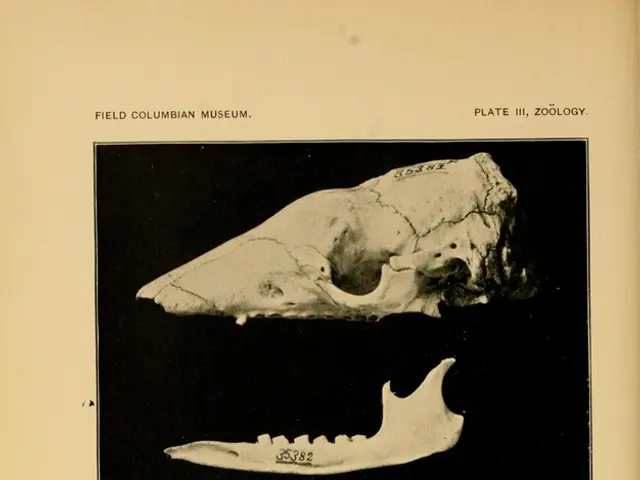Advanced Mapping Technology in Singapore Aids Early Detection of Skin Cancer
A groundbreaking and promising technique, known as multispectral optoacoustic tomography (MSOT), is shaking up the world of skin cancer diagnosis and treatment, thanks to a team of brilliant scientists in Singapore. This advanced imaging method offers a unique blend of optical and ultrasound imaging powers. It works by sending short pulses of light into the skin, causing a minor heat surge, and generating sound waves in return. These bouncing waves are then picked up to create crisp, detailed 3D maps of anatomical structures and provide valuable functional insights [1][4].
In the context of skin cancer, MSOT is particularly handy for targeting melanin-rich tumors such as melanomas. The method leverages the optical properties of melanin, enabling it to offer clear images of both superficial and deep-seated tumors, even those hidden from the reach of conventional optical imaging [5]. Not only does MSOT detect skin cancers, but it also has the potential to spot lymph node metastases, which are essential for staging and effective treatment planning [5]. Furthermore, the technique can monitor the progression of skin cancer and evaluate the impact of treatments by assessing melanin levels, thereby aiding in the adjustment of therapeutic strategies [5].
To demonstrate the technology's effectiveness, the researchers tested it on eight patients with basal cell carcinoma (BCC)—a common skin cancer seen often in older adults, with an increasing trend in Singapore [2]. The results were encouraging, as the MSOT scans closely mirrored the outcomes from standard methods used after surgery. Moreover, MSOT showed potential in reducing the need for secondary surgeries by providing precise information about the size, depth, and shape of the tumor, ultimately making the surgery faster, more accurate, and less intrusive for patients [2].
While this innovative imaging tool was primarily designed for BCC, the scientists believe it could be a game-changer for other forms of skin cancer as well. They are still Fine-tuning the system, but their optimism is high, for this could mark the beginning of a new era in skin cancer treatment.
[1] Advances in Imaging Technologies for Skin Cancer Detection and Treatment Monitoring[2] A proof-of-concept study for precise mapping of pigmented basal cell carcinoma in Asian skin using MSOT imaging with level-set segmentation[3] Potential Role of Optoacoustic Imaging in Skin Cancer Management[4] The Role of Molecular Imaging in the Detection and Management of Skin Cancer[5] Enhancing Diagnostic Accuracy and Treatment Planning for Skin Cancer with Multimodal Imaging Approaches.
In the realm of skin cancer detection and treatment, MSOT, a groundbreaking imaging technique, offers significant potential for identifying melanin-rich tumors like melanomas and lymph node metastases, crucial for effective treatment planning and adjusting therapeutic strategies. Moreover, this technology has the capacity to monitor the progression ofskin cancer and evaluate the impact of treatments based on melanin levels.
Expanding its scope, the researchers foresee MSOT as a game-changer not only for basal cell carcinoma but also for other forms of skin cancer, as it may usher in a new era of less invasive and more precise skin cancer treatments. This innovative approach, foreseen to reduce the need for secondary surgeries, could significantly enhance health-and-wellness and medical-conditions management within the field of health-and-wellness and skin-care.








